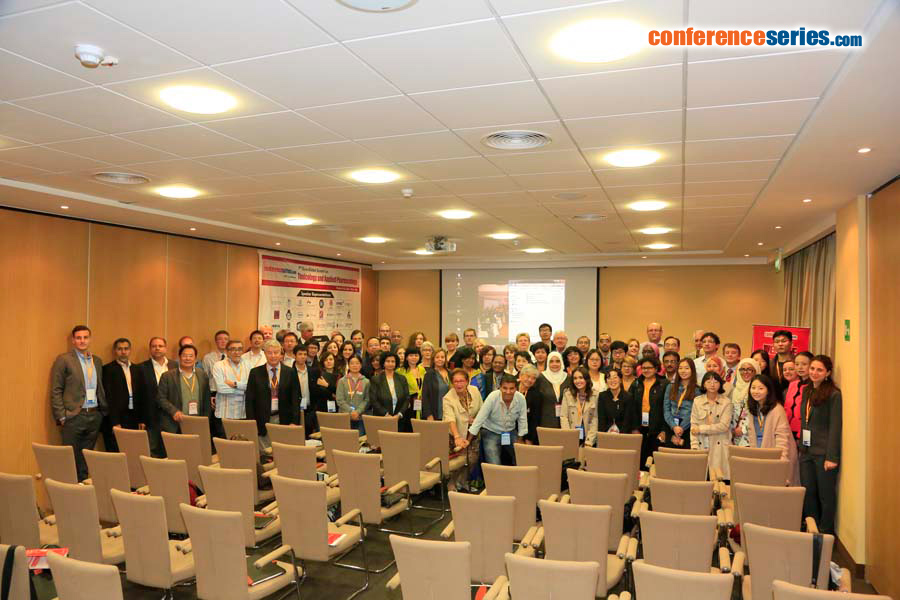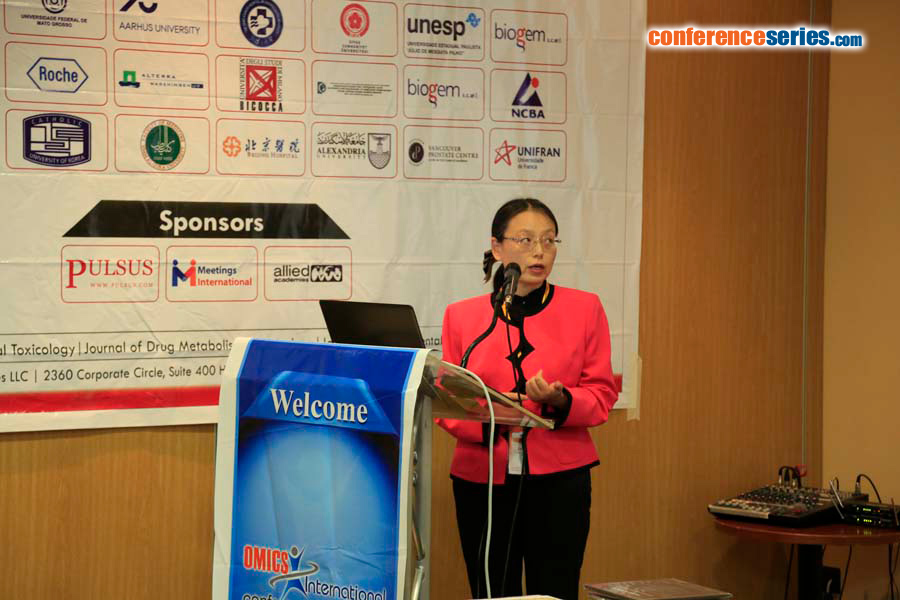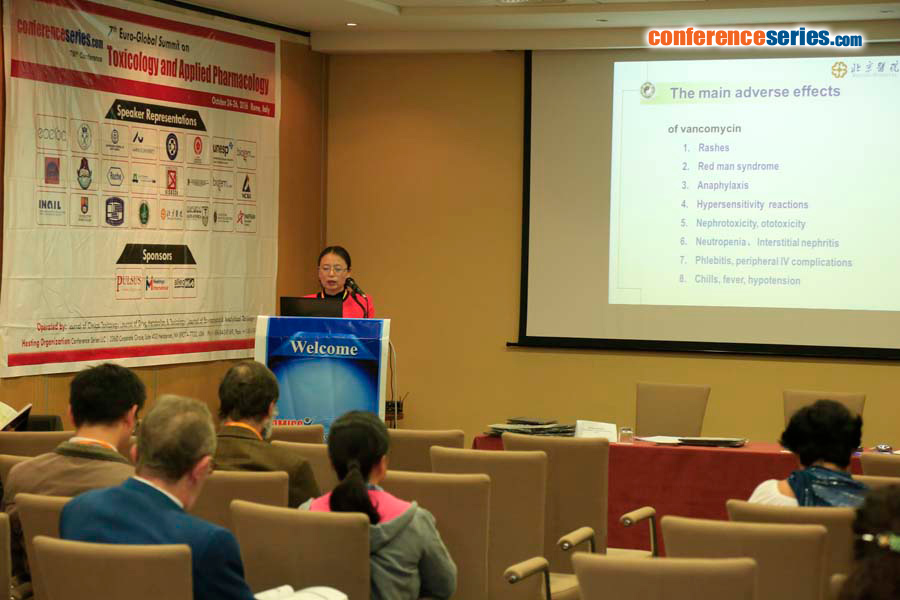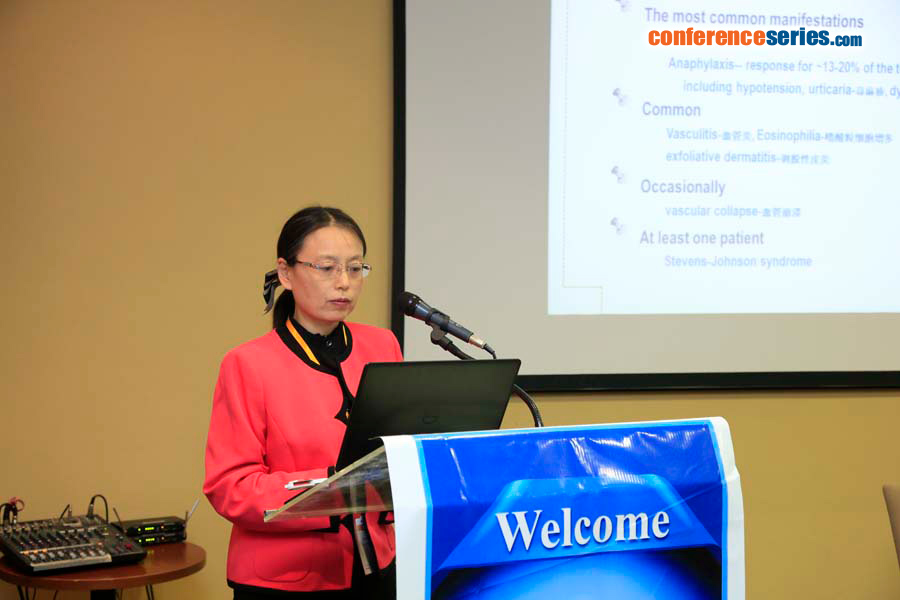Liping Yang
Beijing Hospital, Dongcheng, P R China
Title: Vancomycin-induced skin eruptions with susceptibility alleles to SJS/TEN
Biography
Biography: Liping Yang
Abstract
Background & Objective: Th e glycopeptide antibiotics, vancomycin and teicoplanin, are the mainstay of therapy for severe gram-positive organisms such as methicillin-resistant Staphylococcus aureus. We report a case of Stevens–Johnson syndrome (SJS) induced by sequential therapy with teicoplanin and vancomycin, in a patient with chronic obstructive pulmonary disease (COPD).
Case Summary: A 74-year-old Han Chinese with 1-year history of COPD was admitted for treatment of infective endocarditis.
Aft er teicoplanin therapy for 12 days, he developed pruritus and maculopapular over his trunk and limbs. His rash spread
rapidly to most parts of the body surface area, 7 days aft er his anti-infection therapy was switched to vancomycin. Th is was stopped, but he developed SJS when teicoplanin was reintroduced. Th is patient recovered from his drug eruptions when both teicoplanin and vancomycin were stopped. Pharmacogenetic analyses revealed he was heterozygous with respect to 2 variants (rs2844682 of MUC21 and rs750332 of BAG6).
What is new & Conclusion: Cross-reactivity between vancomycin and teicoplanin is rare. SJS attributable to sequential treatment with these 2 antibiotics has not been reported previously. Care should be taken when prescribing vancomycin in patients with a previous documented skin eruption to teicoplanin, especially in those who carry any susceptibility alleles to
SJS/TEN.





